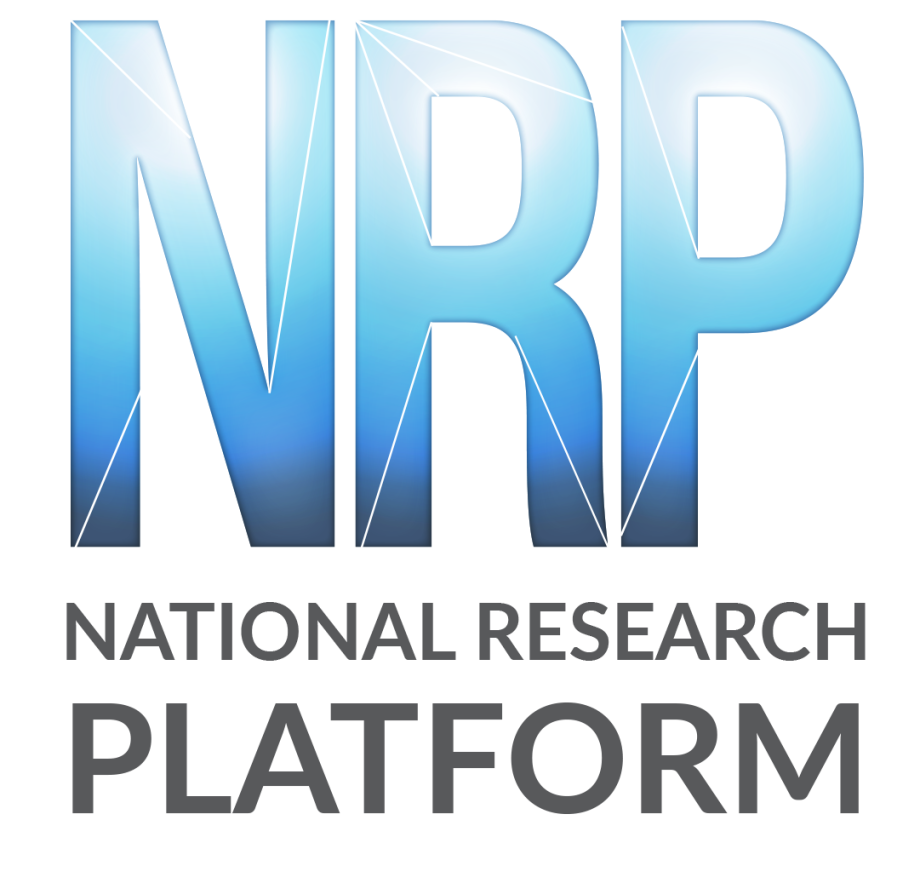Second National Research Platform Workshop to Focus on Scaling to a Nationwide Science Data ‘Superhighway’
ESnet Director Inder Monga Co-chairing the Meeting
Contact: Kathy Kincade, kkincade@lbl.gov, +1 510 495 2124
Several ESnet staff members helped organize and are participating in the second annual National Research Platform (NRP) workshop. Held August 6-7, 2018, at Montana State University in Bozeman, Montana, the workshop brings together representatives from more than 100 key institutions who are working to create a nationwide science data network.
Co-sponsored by a National Science Foundation (NSF) award to the California Institute for Telecommunications and Information Technology (Calit2) at the University of California, San Diego (UCSD), CENIC, ESnet and Internet2 and hosted by Montana State University, the workshop is designed to identify best strategies for enabling high-performance data transfer via interoperable Science DMZs and data transfer nodes at a national scale. The Science DMZ is a secure portion of the network, built at or near the campus or laboratory's local network perimeter that is tailored to the needs of high-performance science applications, including high-volume bulk data transfer, remote experiment control, and data visualization.
The NRP is an outgrowth of the Pacific Research Platform (PRP), an NSF-funded cooperative agreement with UCSD and UC Berkeley formed in 2015 to improve the end-to-end high-speed networking data transfer capabilities in collaborative, big-data science. Today the PRP is a regional “superhighway” linking most of the research universities on the West Coast, as well as partner institutions in other parts of the U.S., via three advanced networks: CENIC’s California Research & Education Network, Pacific Wave and ESnet.
“The PRP is a regional DMZ that is built directly on the DMZ concept developed by DOE/ESnet, and that platform is what we are trying to scale up to the national level,” said Larry Smarr, principal investigator for the PRP, founding director of Calit2 and professor of computer science and engineering at the University of California, San Diego (UCSD). “The far goal is to have a national research platform based on the DMZ model.”
Smarr and Internet2’s Jim Bottum co-chaired the first NRP workshop, held in August 2017. For the 2018 workshop, Smarr is co-chairing with ESnet Director Inder Monga and Ana Hunsinger, vice president of Community Engagement of Internet2. The community-wide program committee is co-chaired by Marla Meehl, who manages the high-speed network for the University Corporation for Atmospheric Research, and Sherilyn Evans, COO of CENIC, and includes Kate Mace, Jen Leasure, Bottum, Maxine Brown and Wendy Huntoon.
“NRP is designed to bring together the networking practitioners, scientists and larger R&E community to figure out how to build scalable platforms that can make the best use of fast networks for science applications,” said Monga. “DOE and NSF have already invested a lot of effort in building Science DMZs in national labs, supercomputing centers and universities. The PRP and NRP efforts are a way to build a sustainable, community-supported platform that will be transformational for science in the upcoming decade.” The NRP also highlights the long-standing collaborations between NSF and DOE as well as Berkeley Lab and UCSD, he added.
In addition to Monga, Eli Dart, a network engineer in ESnet’s Science Engagement Group, is giving a keynote at the NRP workshop on “Modern Cyberinfrastructure: The Ladder to the Shoulders of Giants.” Mace, a science engagement engineer at ESnet, is participating in a panel session, “Scaling Across the NRP Ecosystem From Campus to Regional to National - What Support Is There?” and chairing another, “International-Scale Measurement Technologies/Techniques.”
With the NRP collaboration still in the prototyping and engineering optimization stage, this year’s workshop will focus on requirements from domain scientists and the networking architecture, policies, tools and security necessary to scale to hundreds of institutions participating in the NRP.
“To accelerate the rate of scientific discovery, researchers must get the data they need, where they need it and when they need it,” Smarr said. “This requires a high-performance data freeway system that connects data generators and users of that data. Through the NRP we are investigating what would be necessary to create a national DMZ that would link academic researchers at campuses all over the country.”




